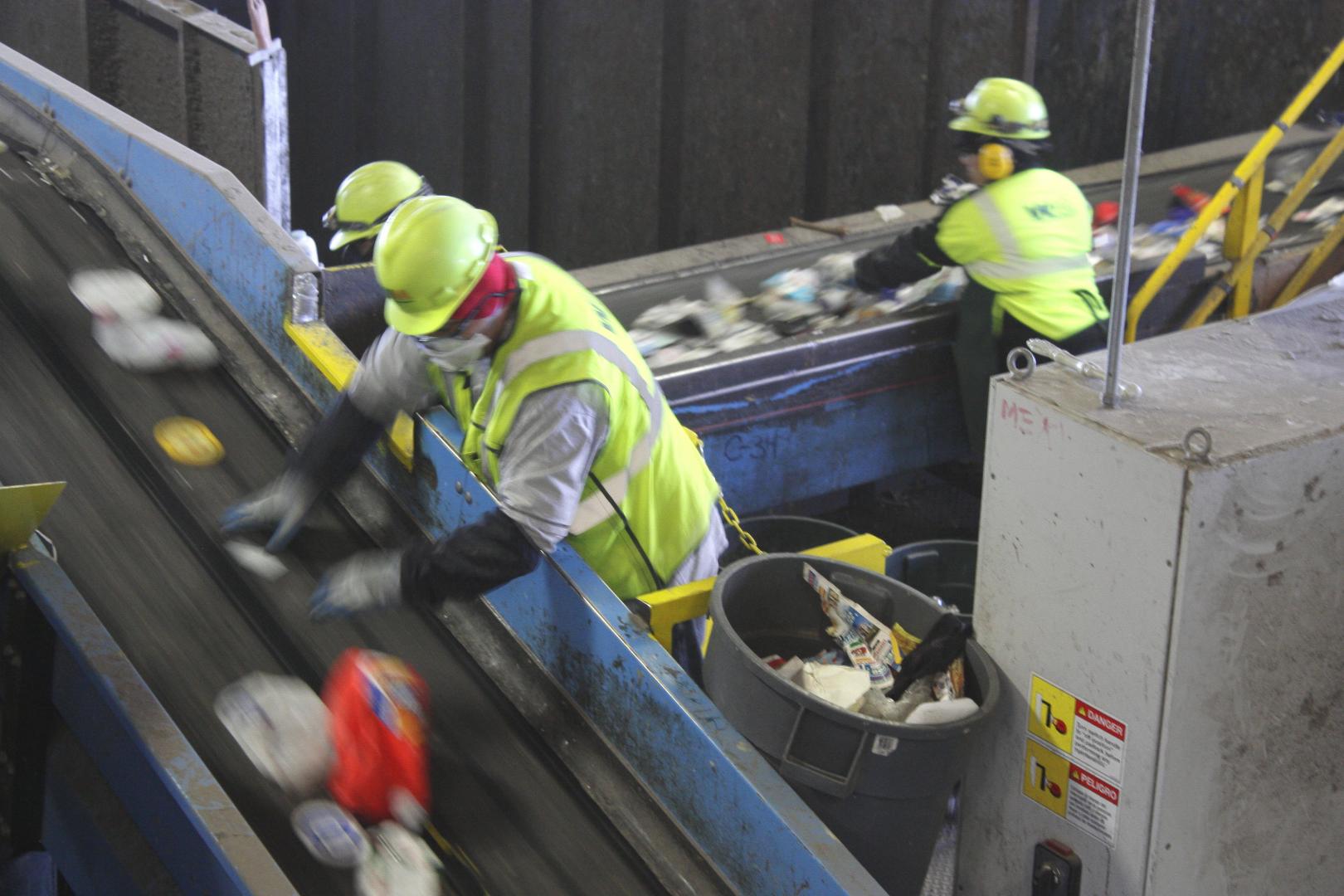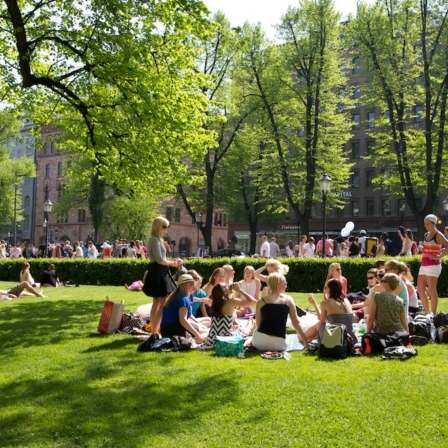The competition for the world’s natural resources will intensify, the amount of waste will increase, and the rising prices of raw materials will lead to economic uncertainty. The message from various sources is that, on average, the European countries with the highest materials recovery rates also fare best financially. The leading European countries in the recovery and reuse of waste are Germany, Austria, Sweden, and the Netherlands, where a mere one per cent of municipal waste ends up in the landfill. In Finland in 2012, more than 40% of waste was landfilled.
At the beginning of July 2014, the European Commission published a circular economy package that comprises the communication ‘Towards a circular economy’, a proposal for a directive amending various waste-related directives, the communication ‘Resource efficiency opportunities in the building sector’, the Green Action Plan for SMEs, and the Green Employment Initiative. According to the proposal, by 2030, 70% of municipal waste and 80% of packaging waste must be recycled. In the opinion of the Commission, stricter recycling targets will promote the transition to a circular economy while creating additional jobs and new growth based on sustainability.
From the Finnish standpoint, the target for 2030 is highly challenging and, at present, it also looks difficult to achieve. For this very reason, a challenging target is most welcome. The means for Finland to raise its recovery rate to 70 per cent are still in the dark. Happily, there is plenty of time. Not all the solutions have to come right away.
Ambitious targets make technological advances possible and encourage new and radical innovations – both of which are Finland’s strengths. Published in June, the Global Cleantech Innovation Index (WWF, Global Cleantech Group) ranked Finland second, beaten only by Israel, on the list of 40 innovative cleantech countries. Countries such as the United States, Sweden, and Denmark did not fare at all well on the index compared to Finland. The generation of new recycling solutions would open the doors for Finnish companies to the growing global markets, bringing jobs and new-found competitiveness to Finland.
Finland might not have made it to the top of the list of advanced waste management countries yet, but we have already started taking the first important steps towards a circular economy. Ympäristöteollisuus ja -palvelut YTP ry (the Trade Association for Environmental Industry and Services) was present at the SuomiAreena event in Pori on Tuesday 15 July to publish a joint statement, prepared in cooperation with various associations, companies, public actors, and Sitra during the spring of 2014. The joint statement stipulates that the next government of Finland incorporates the circular economy as one of the key themes of its programme. The public sector needs to create a motivating operating environment for a circular economy, but the industry and population play a key role in making it happen.
In industry, raw material use and product design must be planned in a way that enables the recycling of product and process side streams. Manufacturing facilities and plants must also strive to use their own surplus materials and waste, as well as those from other production plants, as raw material. The industry has an opportunity to create completely new business models based on renting and leasing, which allow returning used products that have reached the end of their life-cycle back into industrial use as raw materials. The population, in turn, is tasked with learning to use products made from recycled materials, avoid the use of disposable products, and sort and recycle their waste more efficiently.
The Minister of the Environment, Ville Niinistö, who spoke at the SuomiAreena event, mentioned that Finland’s economic growth relies on more efficient and intelligent use of resources. On that note, what is needed for the transition to a circular economy is a switch from partial optimisation to a comprehensive approach. The ministries therefore need to aim for the big picture and how to make it a reality, instead of viewing things from the narrow perspective of their own area of responsibility.
The transition to a circular economy might very well help Finland become one of the most competitive countries in the world. To achieve that position, we need to establish a common vision for the public sector, business life, and citizens. That, and a mindset shared by all, are definitely needed in building a circular economy.


Recommended